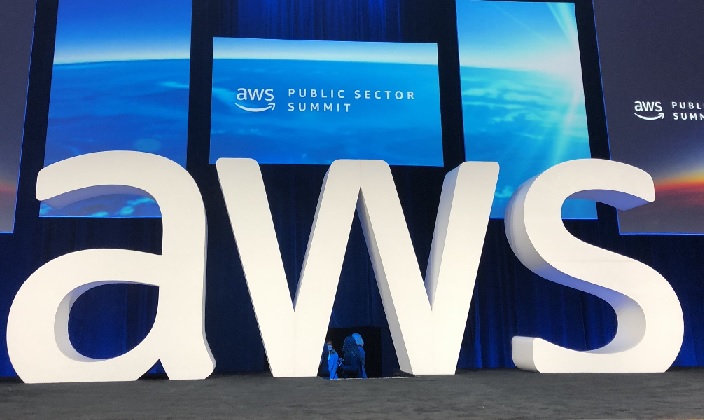 CLOUD
CLOUD
 CLOUD
CLOUD
 CLOUD
CLOUD
Amazon Web Services Inc.’s long-term growth potential has been called into question after the company shocked Wall Street by coming up short in its financial earnings report last week.
AWS still leads the cloud computing market by some distance from its rivals, but its revenue growth slowed noticeably in its most recent quarter, and investors were not at all happy. Indeed, their displeasure became clear with AWS’ shares falling more than 6% in the aftermath of the report, though it did recover most of those losses in the hours that followed.
But while a few panicky investors might be jumping ship, Dave Vellante, chief analyst at SiliconANGLE sister market research firm Wikibon and co-host of theCUBE, said in his latest Breaking Analysis video that there are plenty of reasons to be optimistic that AWS will remain a significant force in the cloud for some time to come.
For one thing, AWS’ revenue continues to grow at a very healthy clip even if it’s slower than before. Moreover, recent data from Enterprise Technology Research shows that crucially, AWS is still gaining market share at the expense of older legacy tech companies. And just as important is that AWS’ operating margins are still very strong at around 25% to 30%.
“If you think about Dell’s and HPE’s operating margins, they’re thrilled if they’re at 10%,” Vellante said. “Oftentimes they’re much lower than that, in the single digits, so AWS is much, much more profitable.”
Vellante added that AWS’ profitability also compares well with that of other high-margin companies, including Cisco Systems Inc. at 20% to 27% and Intel Corp. at 28% to 33%. Even Microsoft Corp., Amazon’s biggest rival in the cloud, is only able to show operating margins of about 30%.
“So AWS at that 25% to 30% operating margin is very, very strong,” Vellante said.
Going forward, Amazon’s ability to sustain its growth will depend on a large extent on its ability to attract more “mission-critical workloads” to its cloud, Vellante said. But there it faces a tough challenge, particularly from Microsoft, which benefits from being much more “partner-friendly” than AWS.
For evidence of that, we need look no further than Microsoft’s partnership with Oracle Corp., which benefits both companies to the detriment of Amazon.
“It’s giving Oracle customers an option, because they may not want to go to the Oracle cloud or they may not like the Oracle cloud,” Vellante said. “They may also be big Microsoft customers and feel more comfortable with Azure, so the deal between Oracle and Microsoft will allow more mission-critical workloads to go into Azure.”
AWS, on the other hand, has so far struggled to attract as many mission-critical workloads to its cloud, Vellante said.
“If you look at the case studies on AWS’s website for the database and the database migrations they’ve done, they’ve been very successful but it’s largely the analytic stuff, the data warehousing, the data marts,” Vellante said. “It’s not a lot of mission-critical stuff. Amazon is struggling to convert people off Oracle onto its own transaction database.”
Here’s Vellante’s complete video analysis:
THANK YOU